Thinking Small: 2020 Hyundai Venue Arrives in New York, Aims Directly at Millennials

Hyundai’s new Venue is not a large vehicle. At 158.9 inches in length, the sub-subcompact crossover is 5.1 inches shorter than the already petite Kona and 5.9 inches shorter than the Elantra GT. Despite its modest length, the upcoming 2020 Venue, pegged as a cheaper entry point to the Hyundai crossover lineup, doesn’t make many concessions in terms of interior room.
If you’re a hip, urban entrepreneur, Hyundai wants to get you into this front-drive-only Venue. C’mon, you had no intention of taking this thing off-road.
Debuting at the New York Auto Show on Wednesday, the Venue’s front fascia apes the larger Santa Fe and Palisade more than the Kona, lending the little ute a big-CUV presence. In photos, anyway. Upright proportions and barely-there overhangs conceal a cabin that shrinks by 2.2 cubic feet in relation to the Kona. Cargo volume behind the rear seats decreases by only half a cube (to 18.7 cubic feet). Helping the Venue pack as much room into its cabin as possible is a roofline that’s six-tenths of an inch taller than that of its slightly larger sibling.
“It may be small, but its unique and bold design sets it apart from the rest of the pack,” claims SangYup Lee, Hyundai Motor Group’s executive vice president of design.
Indeed, the funky Venue and its contrasting roof is aimed at the ambitious, free-spirited Millennial — one who places importance on design … and perhaps can’t afford the base $19,990 MSRP of the Kona. Hyundai intends to have the Venue undercut the Kona in price, but by how much we don’t know. Currently, the base Kia Soul, starting at $16,490 before destination, is the price leader in that space, with the slightly longer Nissan Kicks carrying an entry sticker of $18,540 before destination.
Of course, a significantly cheaper Hyundai option exists in the form of the Accent, though U.S. buyers can only get their hands on the sedan variant. Spokespersons from both Hyundai Motor America and Hyundai Canada tell TTAC that the Venue is not intended as a replacement for the Accent. Apparently, they feel there’s enough room for both models to coexist at the bottom of the lineup. We’ll see how that assertion pans out, especially in light of this snippet from the Venue’s marketing copy:
“With Venue’s SUV styling cues and utility, it is the ideal alternative to a subcompact car.”
In a bid to showcase the Venue’s versatility and sicken long-suffering writers, Hyundai claims the 60-40 split folding rear seat is perfect for “those trips to the farmer’s market or transporting musical instruments.”
Where’s that Dramamine???
Besides attention to design and careful packaging, the Venue strives for increased efficiency. Resting beneath its hood is a new version of the familiar Gamma 1.6-liter four-cylinder, this one with the “Smartstream” label attached. Smartstream is the result of a effort launched in 2017 to improve the thermal efficiency of Hyundai’s smaller engines.
With this mill, Hyundai added dual port fuel injection for optimized spray, added a “high tumble combustion system” by altering the port and valve shapes, and adopted a High Ignition Energy exhaust gas recirculation system with an external EGR cooler. Another improvement to efficiency comes by way of a 2-way rotary control valve that, depending on outside temperatures, prioritizes coolant flow for either cabin heat or engine/transmission cooling.
Power figures were not forthcoming today, though Hyundai says it’s aiming for a combined fuel economy figure of 33 mpg. That’s 1 mpg more than an automatic-equipped Accent and 3 mpg more than a front-drive Kona. The Venue puts its unspecified power down via a Smartstream “intelligent variable transmission” (IVT).
That tranny is a Kia-designed unit built to lesson the gripes hurled at conventional CVTs — specifically, sluggish, droning takeoffs that leave drivers feeling flaccid. To accomplish this, Kia engineers added adaptive style shift logic and a chain-type belt. Gun the thing, and the tranny reverts to a step-shift pattern that mimics a conventional automatic. Meanwhile, a sound-insulating cover surrounds the transmission case to keep the drone at bay.
Should this info leave you entirely unimpressed, Hyundai has a six-speed manual it wants you to know about.
As for the tech that Millennials and Gen Y so crave, the Venue has lots of it. Standard equipment includes an 8-inch Display Audio touchscreen with Android Auto and Apple CarPlay connectivity, plus a suite of safety features. Among them: blind spot monitoring, driver attention warning, rear cross-traffic alert, lane-keeping, and forward collision avoidance assist.
Additional convenience options are available at extra cost, and super connected types can choose to pair up their Blue Link app with Amazon Alexa and Google Assistant and bark orders from afar like a CEO.
We should become aware of the Venue’s pricing well in advance of its on-sale date, slated for the fourth-quarter of 2019.
[Images: Hyundai]

More by Steph Willems
Latest Car Reviews
Read moreLatest Product Reviews
Read moreRecent Comments
- Bd2 If I were going to spend $ on a ticking time bomb, it wouldn't be for an LR4 (the least interesting of Land Rovers).
- Spectator Wild to me the US sent like $100B overseas for other peoples wars while we clammer over .1% of that money being used to promote EVs in our country.
- Spectator got a pic of that 27 inch screen? That sounds massive!
- MaintenanceCosts "And with ANY car, always budget for maintenance."The question is whether you have to budget a thousand bucks (or euro) a year, or a quarter of your income.
- FreedMike The NASCAR race was a dandy. That finish…




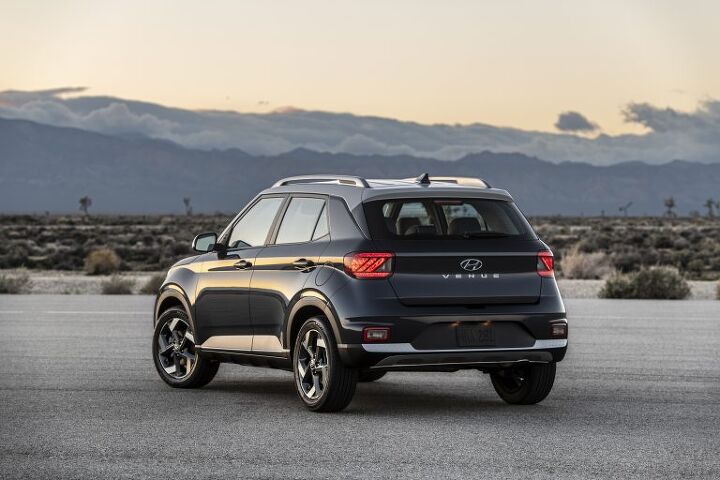


















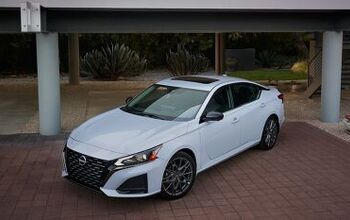
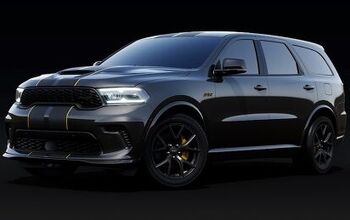

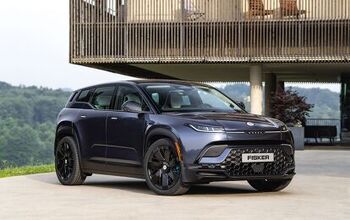


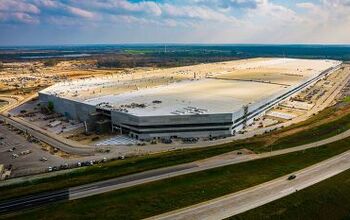
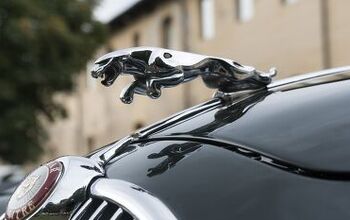

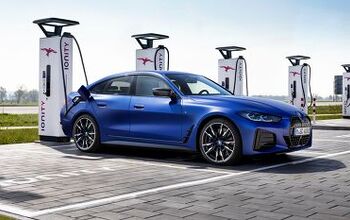
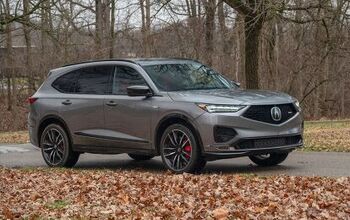
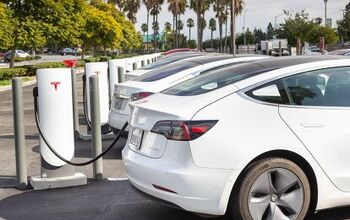
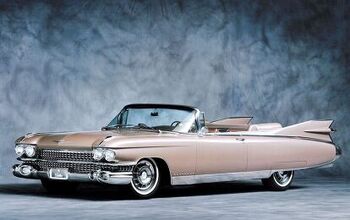
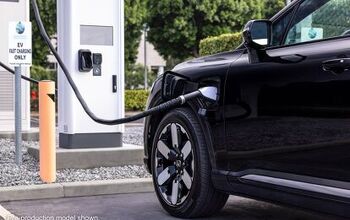

Comments
Join the conversation
The over 65, CRV/Rav4 crowd will love it
This is the most European crossovery-hatchbacky thing I've ever seen offered for sale in North America --- built to the size of a Chiclet, styled like a Seat and a Citroen had a baby, powered by an engine with less displacement than the Coke bottle in my fridge, and equipped with a 6-speed manual. Dig those square-in-circle wheels, Eugene Levy eyebrows, and little bustle-butt bumper. And it's cheap!!! I admit, I likey.